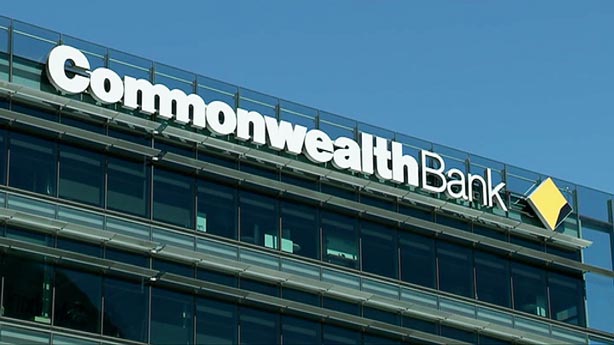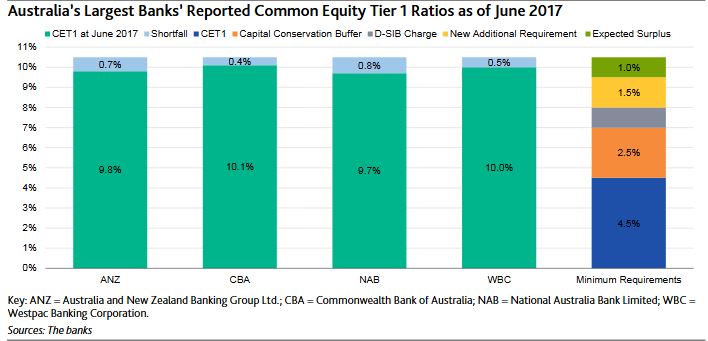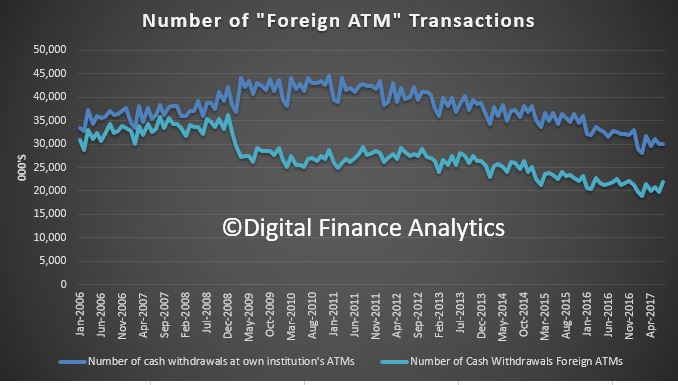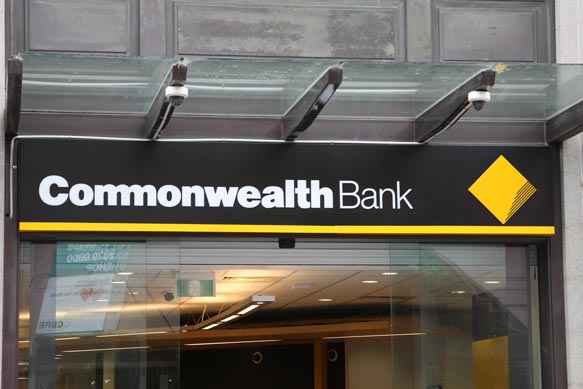From The Conversation.
The heads or deputy heads of the three main banking regulators (the Australian Prudential Regulatory Authority, the Australian Securities and Investments Commission and the Reserve Bank of Australia) spoke at the annual regulators’ lunch last week. Guy Debelle, who is relatively new to his role as deputy governor at the RBA, summarised the feelings of the regulators at the lunch in regards to the public’s lack of trust in banks:
No one feels that anything particularly has changed, because even if the issue occurred a few years ago, it still generates the headlines today, and just reinforces the belief [that the banks cannot be trusted].
Unfortunately that’s because these problems were never actually resolved at the time, with regulators being palmed off with internal inquiries, until the scandal went off the front page. Of course the problems that have occurred recently at banks, especially CBA, are going to be dredged up again and again, because customers (unlike regulators) really suffered and no one was ever held to account.
 On the same day, APRA chairman Wayne Byers also announced the makeup of the inquiry panel to which it has outsourced its job. The agency also released the terms of reference that will govern the conduct of the inquiry over the next six months.
On the same day, APRA chairman Wayne Byers also announced the makeup of the inquiry panel to which it has outsourced its job. The agency also released the terms of reference that will govern the conduct of the inquiry over the next six months.
Way way down the list of things to do is assessing the CBA’s “accountability framework” and whether it conflicts with “sound risk management and compliance outcomes”.
Note the terms of reference do not discuss “accountability”, per se, merely whether the framework (i.e. organisation charts and policies) is effective or not. Instead, the terms of reference discuss whether it conflicts with other policies and organisation charts. It is Olympic standard navel gazing, rather than action on the part of APRA, and a very minor part of the panel’s work.
But, accountability is not only about “what” but about the “who” and, as the French philosopher Molière wrote, “it is not only what we do, but also what we do not do, for which we are accountable”.
Inquiry panel member, John Laker, is also chairman of the Banking Finance Oath initiative, which works to promote “moral and ethical standards in the banking and finance profession”. He will be well placed then to remind CBA directors and managers of one of the key tenets of that oath:
I will accept responsibility for my actions [and] in these and all other matters; My word is my bond.
Responsibility and accountability are personal not commercial constructs and, notwithstanding the latest knee-jerk reaction to the money laundering scandal, these values have been in very short supply in CBA, over the last decade.
In fact, while there have been belated apologies for some of the scandals, no one in a senior position at CBA has actually taken personal accountability for any of the sequence of scandals that have recently beset the bank.
A detailed description of the many failures of accountability at CBA would take many thousands of words, but one scandal stands out above all others, not least because it involved the largest fine ever visited on CBA’s long-suffering shareholders. It set the scene for how the CBA board would handle future scandals, that is to obfuscate, prevaricate and litigate.
On December 23, 2009, the CBA board announced a payment of some NZ$264 million to one of New Zealand’s public service departments, New Zealand Inland Revenue.
The NZ High Court found that CBA had been using ASB Bank, its NZ subsidiary, as a laundromat through which it washed a number of dodgy transactions each year with the purpose of avoiding NZ taxes, which fed directly into CBA group profits. It was tax avoidance on an industrial scale.
It should be noted that three other major banks were also fined in a total settlement of NZ$2.2 billion (about A$1.7 billion at the time), the largest fines ever paid by Australian banks.
The banks had fought the NZ Commissioner of Inland Revenue for several years all the way to the High Court, until Justice Harrison ruled the transactions were “tax avoidance arrangement(s) entered into for a purpose of avoiding tax”.
Why such a small number of transactions? Because they were huge Interest Rate Swaps (IRS) transactions, created at the highest levels of the organisations with the purpose of turning expenses into income, a clever idea that some tax accountant had dreamed up around 1995.
During the extensive and expensive litigation, the CBA board kept maintaining that they had rock solid advice that their actions were legally watertight. But they were very wrong.
So, did anyone take responsibility for this embarrassing, unethical and expensive failure of management and corporate governance?
No board member or senior manager ever took responsibility for being found to have tried to avoid huge amounts of tax in one of the bank’s key markets. In fact the opposite, Sir Ralph Norris, who had been CEO of ASB during the wash and spin cycle, was made CEO of the CBA group in 2005.
What message does such disgraceful and ultimately unproductive behaviour send to staff?
First it says, don’t take responsibility for anything, bluff and dissemble and, if found out, never ever admit to anything. If board members refuse to be accountable for their mistakes, why should anyone else, especially if whistleblowers are treated appallingly?
And the NZ scandal was only the first of many scandals.
While CEO, Ian Narev, has expressed “disappointment” at customers being treated shabbily, no senior leader has been held directly accountable for the financial planning scandal, the CommInsure scandal, the manipulation of BBSW and Foreign Exchange benchmarks, and now the money laundering action being taken by AUSTRAC.
Making belated apologies is not taking responsibility for misconduct unless corrective actions follow. But, in CBA the scandals keep coming, as the apologies appear to have changed nothing in the organisation.
Surely someone, somewhere in the huge CBA organisation has the ethical grounding to stand up and say – “yes, we did make mistakes and, yes, we should bear the consequences, and to start the ball rolling, I resign”. Actions speak much louder than mere words.
The APRA inquiry will undoubtedly find that the bank’s “accountability framework” was deficient but unless names are revealed, its conclusions will be suspect.
However, it is not up to the panel to name and shame, but to convince the senior management of CBA that only true accountability will restore trust in the bank and that someone has to step up and take responsibility for their actions and inaction, otherwise staff will never know the right thing to do.
The CBA inquiry panel is due to hand down an interim report by December but by then we should know if the inquiry has any teeth by any admissions of accountability coming from the CBA board and management. But don’t hold your breath!
Author: Pat McConnell, Honorary Fellow, Macquarie University Applied Finance Centre, Macquarie University






